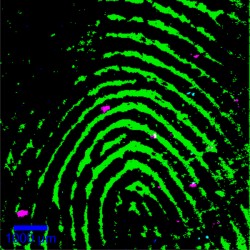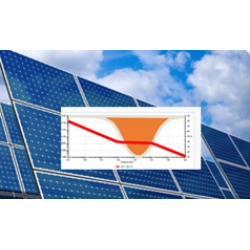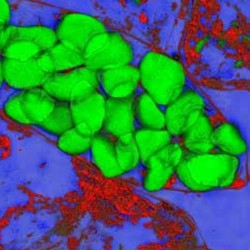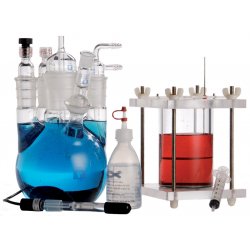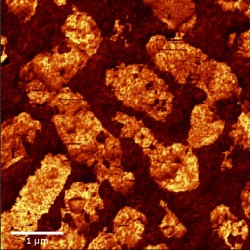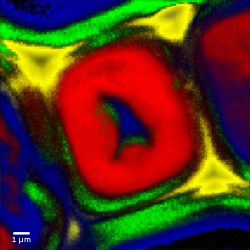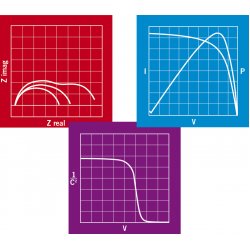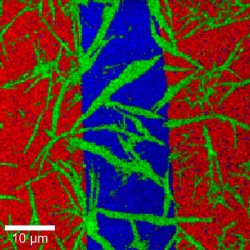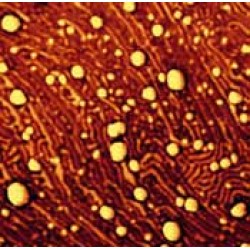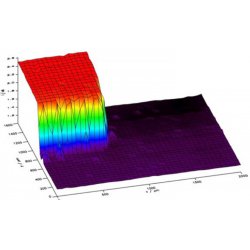Applications
Application Notes and White Papers...
...for Archaeologists and Forensic Scientists
This category will help you to identify which of our product/manufacturer solutions will best meet your Archaeology and Forensic Science requirements.
Solution Science for Energy strorage material analysis and test
Equipment, Application Notes and White Papers...
...for Energy/Battery technologist
This category will help you to identify which of our product/manufacturer solutions will best meet your Energy Storage and Battery Test requirements.
General and physical electrochemistry encompasses many areas of investigation. These include such areas as fundemenal physical electrochemistry where the focus is on the kinetics and thermodynamics of electron transfer reactions, nanotechnology, research conducted at nanoscale, and electronalysis processes are used to quanitfy an electroactive analyte or electrode surface.
Application Notes and White Papers...
...for Food Technologists
This category will help you to identify which of our product/manufacturer solutions will best meet your food and drink analysis requirements.
Solution Science for Electrochemical test
Application Notes and White Papers...
...for Electro-chemists
This category will help you to identify which of our product/manufacturer solutions will best meet your Electro test requirements.
Energy storage and energy conversion devices are both used to fill the need for portable as well as renewable power. Specific technologies are batteries, capacitors, fuel cells and solar cells. In commercial devices, these are often used in combination as part of a power system. The evolving need requires the improvement in capability to provide pulse-power, long run-time and cycle life. Often power sources also have engineering constraints of volume and weight. New materials and advancements of engineering play a key role in meeting the market demand. The power available from a device is defined by the product of its voltage and current; the voltage of a single device is defined by its specific chemistry; the current of a single device is defined by its size (electrode area).
Application Notes and White Papers...
...for Geologists
This section will help you to identify which of our product/manufacturer solutions will best meet your Geology requirements:
Application Notes and White Papers...
...for Biologists
This category will help you to identify which of our product/manufacturer solutions will best meet your Life Science requirements.
Solution Science for Material and nano materials analysis
Application Notes and White Papers...
...for Material Scientists
This category will help you to identify which of our product/manufacturer solutions will best meet your Material Science requirements.
Integrated solutions enable researchers to measure the combined electrical, thermal and mechanical properties of materials. Testing over a wide temperature range of -268 to >1200° C is simplified using PC software with integrated temperature control facilities. Remote-controlled furnaces and cryostats with purpose designed sample holders simplify testing of solids, liquids and powders. Materials can also be tested in specialized atmospheric conditions with use of single or dual gases for fuel cell, solid oxide and super ionic conductor applications.
Materials that can be tested include insulators, dielectrics, ionic conductors and electronic materials using a wide range of time domain and AC electrical techniques including I-V, fast pulse, C-V, Mott-Schottky, impedance, capacitance, and tan delta. Full integration of time domain and AC techniques that provide charge carrier excitation and analysis without changing sample setup and connections is possible with configurable chassis-based instruments.
The control software is designed for ease of use with connection diagrams, waveform diagrams and drag and drop data overlays. The use of loops enables easy setup of parametric tests that include control of AC voltage, DC voltage, AC frequency, and temperature. The software also provides detailed analysis capabilities including equivalent circuit fitting for characterization and optimization of materials.
Application Notes and White Papers...
...for Researchers
This category will help you to identify which of our product/manufacturer solutions will best meet your Materials Science requirements.
Application Notes and White Papers...
...for coatings, substrate and fibre technicians
This category will help you to identify which of our product/manufacturer solutions will best meet your optics, fibre-optics and thin film requirements.
Application Notes and White Papers...
...for Pharmacists
This category will help you to identify which of our product/manufacturer solutions will best meet your drug development requirements.
Solution Science for Surface and electrochemical analysis
Application Notes and White Papers...
...for Electrochemical and materials scientists
This category will help you to identify which of our product/manufacturer solutions will best meet your Electrochemical and materials imaging requirements.
The surface of an electrode is rarely, if ever, a homogenous surface. It is often incorrectly assumed to be so in order to simplify data interpretation and mathematical modelling. However, a corroding metal will certainly have areas of both anodic and cathodic nature, and a sensor will have areas of varying surface conductivity. The VersaSCAN Scanning Electrochemical Workstation consists of an advanced three-dimensional closed-loop (100 nm resolution) positioning system mounted onto an optical base. Depending on the ancillary equipment mounted onto or connected to this positioning system, the VersaSCAN can provide a breadth of information. As different as each of the techniques is, they have the common goal of providing localized information relative to the sample under investigation.
In general, this is accomplished by using this advanced positioning system to bring a measurement probe to within 10s-100s of microns of the sample’s surface, without actually contacting it. When the measurement probe is within this dimension it only samples the response of the local area, not the entire electrode’s surface. The probe is then rastered across the plane above the sample. This builds a 3-dimensional map – with the X and Y being displacement of the probe and the third axis as the measured parameter (e.g., current in a SECM experiment, voltage-field in a SVP experiment, work function in SKP, etc.).


